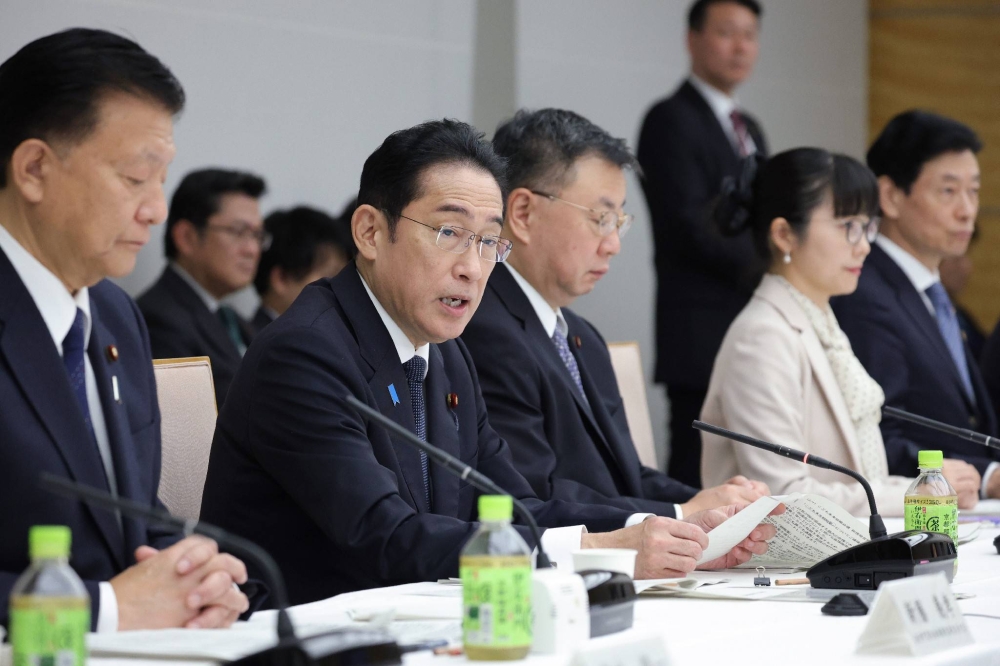The government plans to boost its spending on measures aimed at tackling the country’s low birthrate by ¥3.6 trillion annually by fiscal 2026, it said on Monday.
The additional spending will be funded by ¥1 trillion from public medical insurance premiums, ¥1.5 trillion from existing financial resources and ¥1.1 trillion through spending cuts.
The government plans to secure the money by fiscal 2028. Until then, shortfalls will be covered by debt.
Under the plan, the government will annually cover up to ¥540,000 in tuition fees at national universities and up to ¥700,000 at private universities from fiscal 2025 for low-income households and those with three or more children, with no income requirements to qualify for eligibility.
The government will increase the amount of the child care allowance provided to single-parent households for their third child and beyond and raise the income cap.
It will ease requirements to receive extra child benefits for a third and later child in October 2024. The easing would make families eligible even after the first child graduates from senior high school, until the end of the fiscal year when the first child turns 22.
In fiscal 2025, the government will make official a program that will have nursery schools accept children even if both parents do not work. Allowances for child care leave will be boosted to 100% of take-home incomes for couples who both take child care leave for 14 days or more.
The government will also provide 10% of income for those who work shorter hours until their child turns 2. The eligibility for employment insurance will be expanded to cover employees who work for 10 hours or more per week, compared with the current 20 hours or more, so that more people will be able to receive child care leave benefits.
The government plans to adopt those measures later this month.

